Disclosure: Joyfully Domestic may earn a commission for purchases made after clicking links on this page. View our disclosure policy for details.
In this post, I’m sharing about our recent changes to our homeschool. And how I’ve transitioned our lessons to incorporate a true Classical method and a discovery in an education in wonder.
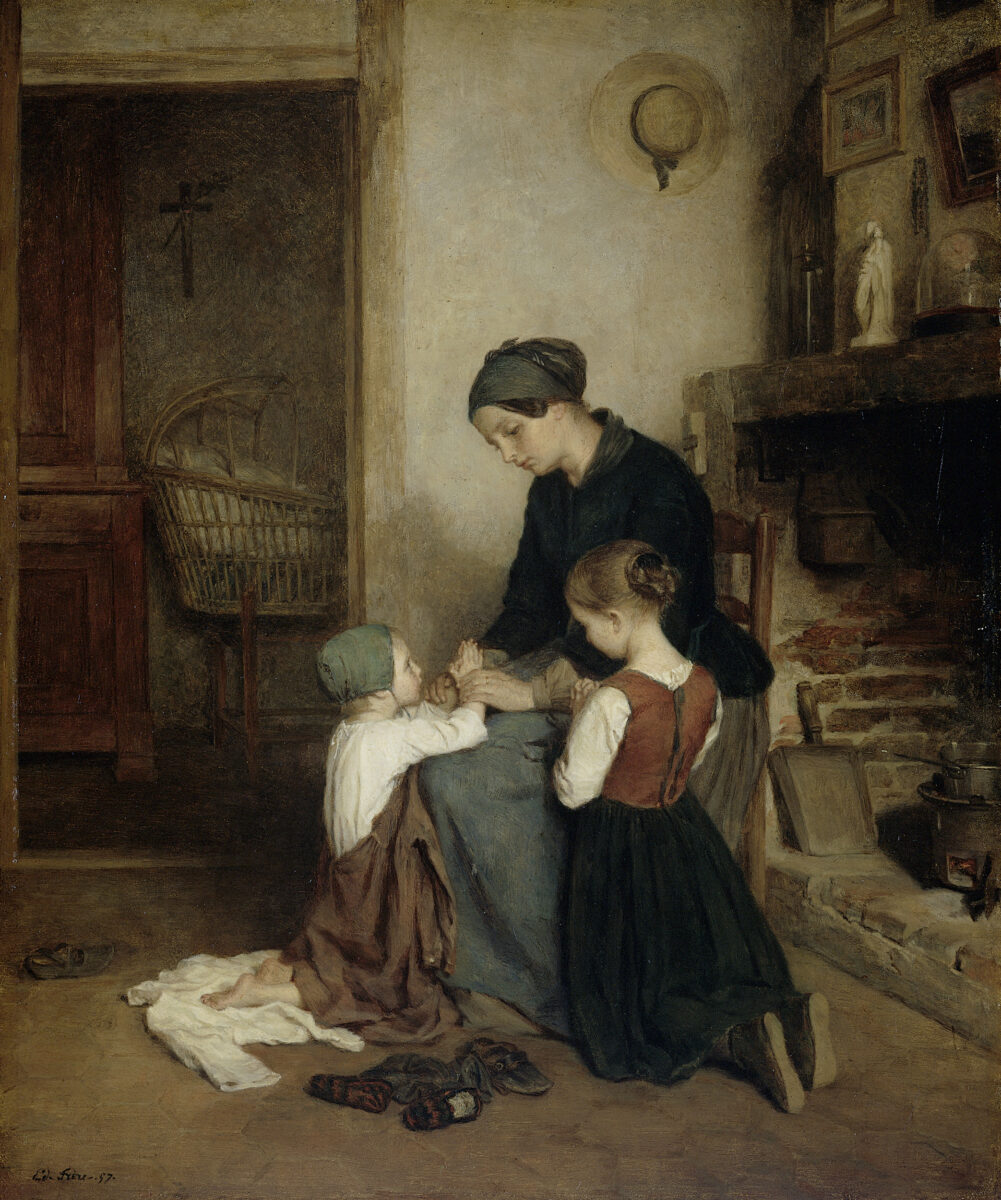
Initial Struggles and a Something Search
For many of you who have followed our little blog for some time, you may have remembered my thoughts and struggles with following the Charlotte Mason method. And how I wanted a more classical approach with St. Augustine and St. Thomas Aquinas as my guides.
And for some time, I decided to trust the process of the Charlotte Mason method. But it still was not working for me.
While, I do still love most of the Charlotte Mason method, I struggled with some of her ideals. I thought that I wanted something that was considered classical. But, in my search, all I was finding was information on Neo-classical curriculum.
That wasn’t it, I wanted something different. My heart yearned for something else…and so I prayed earnestly.
You know, when you start to read something and you begin to see connections all over the place? Well, this is exactly what I experienced with my search.
Perhaps, the whisperings of the Holy Ghost…
I was reading over and over about John Senior — I love his 1000 Good Books list. I began to incorporate more of these books into our family read alouds.
I also had finished reading his books, The Death of Christian Culture, and The Restoration of Christian Culture within the past year.
Then the IHP and the names Frank Nelick, and Dennis Quinn kept showing up in my other readings of various books and articles.
And I mean all of the time.
Recently, I was reading The Mysteries of Life in Children’s Literature and in the Acknowledgments of the book, the author opened with this:
“One of my great teachers in graduate school at the University of Kansas, Dr. Franklyn Nelick, once observed, ‘When something is truly intended for you, it will come your way more than once’.”
I mean, you can’t get much clearer than that, right? And so, I knew this is where God has been leading me in the direction of our homeschool.
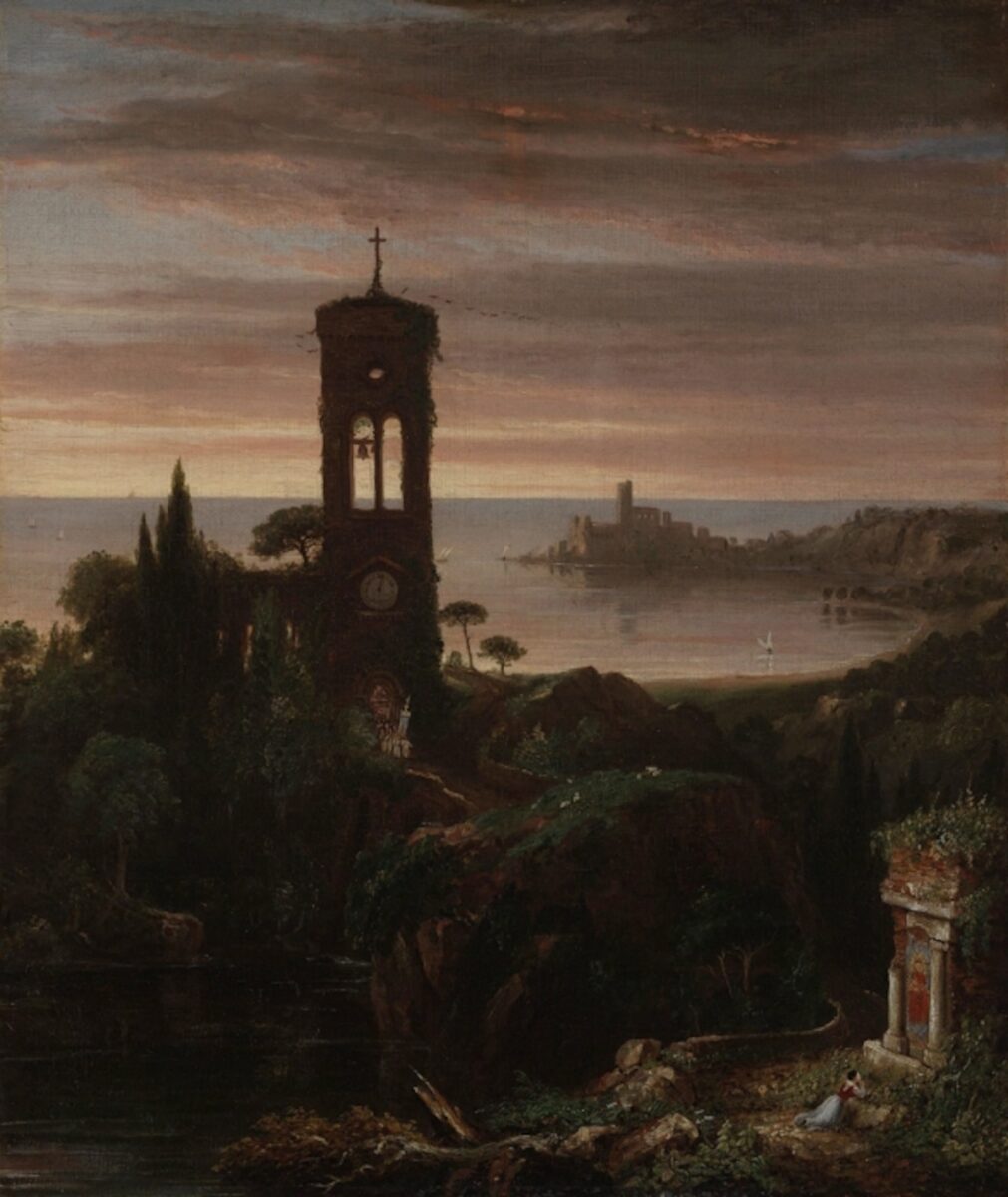
An Education in Wonder
Early in the beginning of our first term of this current school year, I had begun to read a variety of books and articles on philosophies of education and methods. I was trying to find an answer to my something search.
One of my favorite quotes from C.S. Lewis is in the opening dedication of The Lion, the Witch, and the Wardrobe to Lucy Barfield, “some day you will be old enough to start reading fairy tales again”.
And this quote has resonated so much with me over the past few years. I believe that through these beautiful stories that we read aloud together, God has awakened a true sense of wonder in myself.
With this awakening, I’ve felt a certain yearning and I wanted to lead my children down this path – one toward wonder and contemplation.
As the great St. Augustine says, “Thou hast made us for Thyself, O Lord, and our hearts are restless until they rest in Thee.”
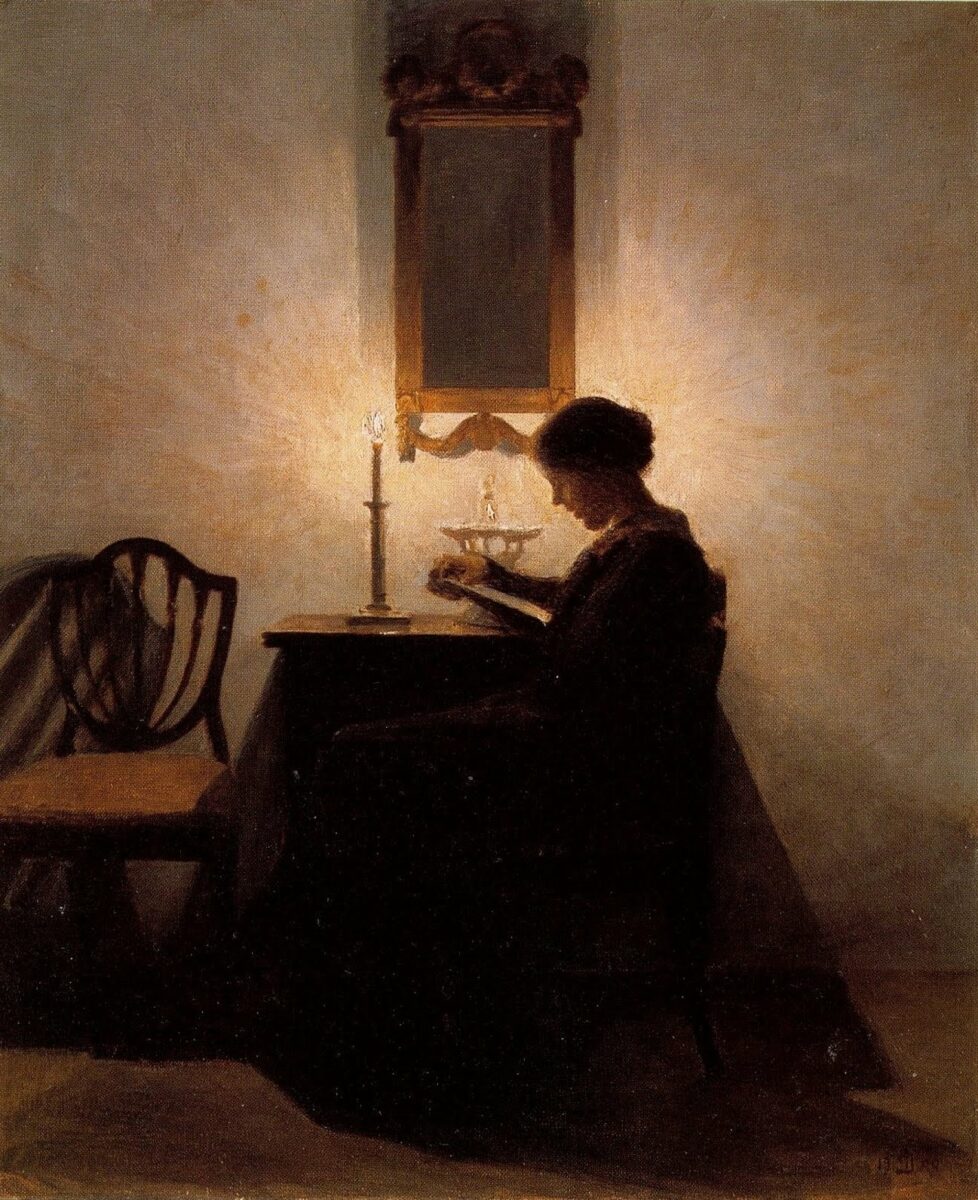
“The seminal ideas of Plato, Aristotle, St. Augustine, and St. Thomas, only grow in an imaginative ground saturated with fables, fairy tales, stories, rhymes, romances, adventures – the thousand good books of Grimm, Andersen, Stevenson, Dickens, Scott, Dumas, and the rest. Western tradition, taking all that was the best of the Greco-Roman world into itself, has given us a culture in which the faith properly grows.”
John Senior, The Restoration of Christian Culture
Enter, the Poetic Mode of Learning
I have been slowly reading through Poetic Knowledge by James S. Taylor. In short, the poetic mode of learning is what I’ve been searching for.
The poetic mode of learning is an approach that emphasizes wonder, imagination, and the affective, emotional aspects of education.
It seeks to inspire students to perceive beauty, meaning, and interconnectedness in the world — ultimately toward contemplating God and Divine Union. This mode often involves engaging with stories, myths, fables, music and the arts. Engaging in these evoke a deep sense of curiosity and personal connection to the material.
The poetic mode complements the classical method of education by nurturing the moral and imaginative dimensions of learning.
In essence, the poetic mode brings a richness to education by engaging the heart and soul, ensuring that the pursuit of truth, goodness, and beauty is not merely intellectual but also deeply personal and transformative.

“What is poetic knowledge? It is not simply expression — we are talking about an experience, and you have to experience the experience. The philosophers call this connatural knowledge — it is not abstract knowledge. Here, somebody knows something, but the only way to know what he knows is to know it yourself in the same way that he knows it. For example, you touch a hot stove, and say, ouch. Then you say to somebody: you think stoves are hot? How do you know that? And, you say, touch it for yourself. You can repeat this kind of experience, but it would be dangerous. So, we have another way, and that is by doing the experience in sympathy. We don’t actually do it, but we can do it in our imaginations. This is what is meant by connatural knowledge. Children do this in play, imitating animals, for example. And there is a way of understanding, say, horses, through connaturality, and that’s what poetry does.”
John Senior
A Curriculum in Wonder
After I begun to learn about the poetic mode of knowledge (and I still have so much to learn!), I wanted to shift our curriculum a bit to fit in all I was beginning to learn and experience.
And I’m so grateful that one of you lovely readers shared The Children’s Tradition with me. Although, we were already in the middle of term 1, and I had renewed my membership with The CMEC — I really did not want to purchase another curriculum.
However, on a whim, I decided to take the leap and purchase the beta curriculum. Amanda was able to articulate within this guide the best definition of a true classical education.
Fortunately, I had a good portion of the suggested books for the curriculum by building up our home library over the years, so it wasn’t too complicated to transition for us.
I purchased the rest of what we needed for term 1 and started over. I’ve been combining as much as I can and slowly building up what we need for the rest of the year.
“Based largely upon the works of John Senior and his student, James Taylor, this is a curriculum of the good books that will prepare students to love the Great Books later. It is a curriculum that teaches the poetic mode of learning, where students are immersed in sensory-emotional experiences through nature and books.”
The Children’s tradition
And the site continues: “A faithful classical elementary curriculum is a humanizing, embodied education in wonder. It is delight-driven even as it calls students up to do hard things. The Children’s Tradition will help parents leave all their modern categories, systems, and assessments in the dust as they set out on a path to transmit the riches of western culture, nurture soul-expansion, and cultivate rightly-ordered loves for the whole family. By helping parents understand the educational philosophy of a gymnastic and musical education, they will be equipped with simple, practical ways to cultivate an atmosphere that abounds in love and poetic habits that are life-giving for the whole family.”
This is the path that Our Lord has been leading me. So, in the middle of term 1, I scrapped our plans with The CMEC and began the transition to The Children’s Tradition.
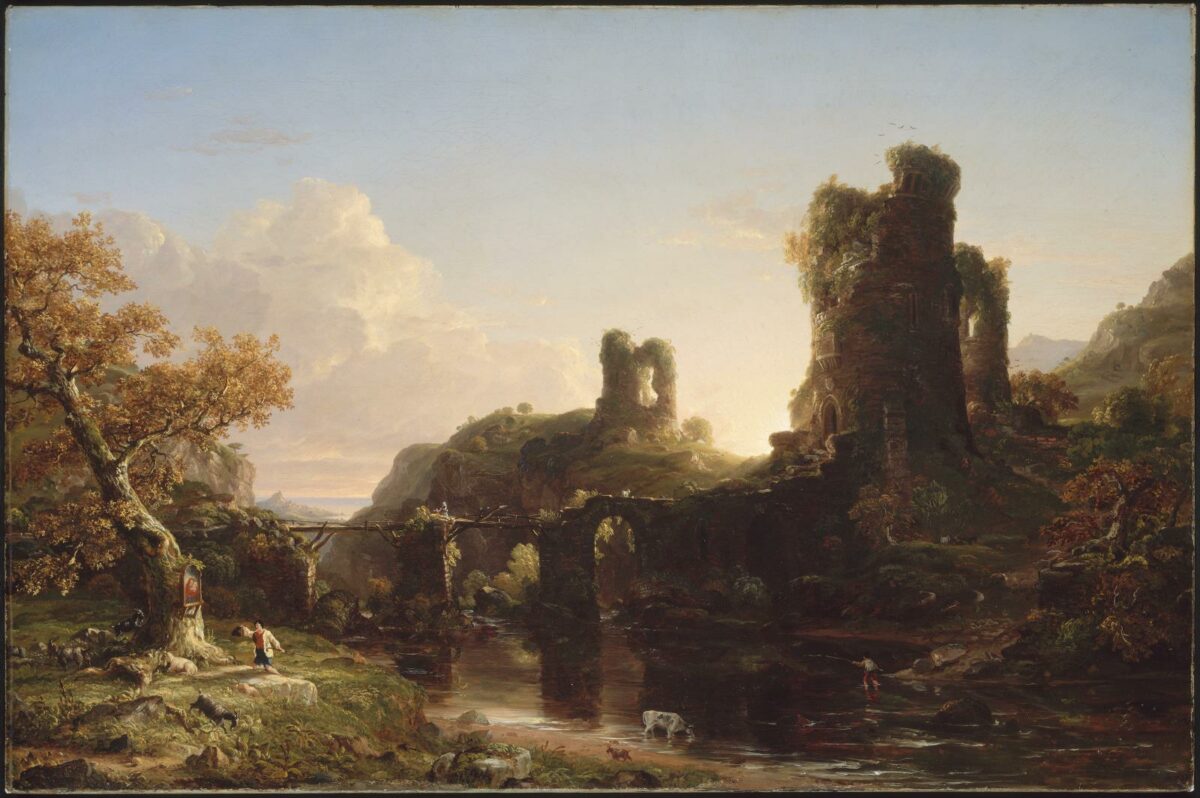
Life Giving Changes for the Whole Family
As we begin the second term soon, I wanted to write an update on how this curriculum has been going for our family.
While, I’m not for originality when it comes to classical education (because why would one want to depart from the classical educators who are much wiser than us?) — I’ve used this curriculum as a guide on a path for DIY’ing my own curriculum to suit our faith, individual needs, and to help us transition for this first year.
So… how is it going?
First of all, the children are much happier and they “love” the curriculum. My oldest children often tell me about how much they enjoy the books we read.
They are more engaged and overall, there’s an increase in joy of learning and there’s more of a feeling of connectedness.
While, I’m not one for changing up curriculum too much, I do believe in shifting based on what is working for each student. And this classical way of reading and engaging with stories has been working for the entire family.
Another thing I’d love to share about our experience with the curriculum. In the past, I’ve felt that many of our lessons were fragmented or disjointed. And in using this new program, it has brought us back to the ultimate knowledge — the knowledge of God.
We are still beginners with all of this, and I’m excited for the growth in knowledge as we climb along the path that God is leading us.
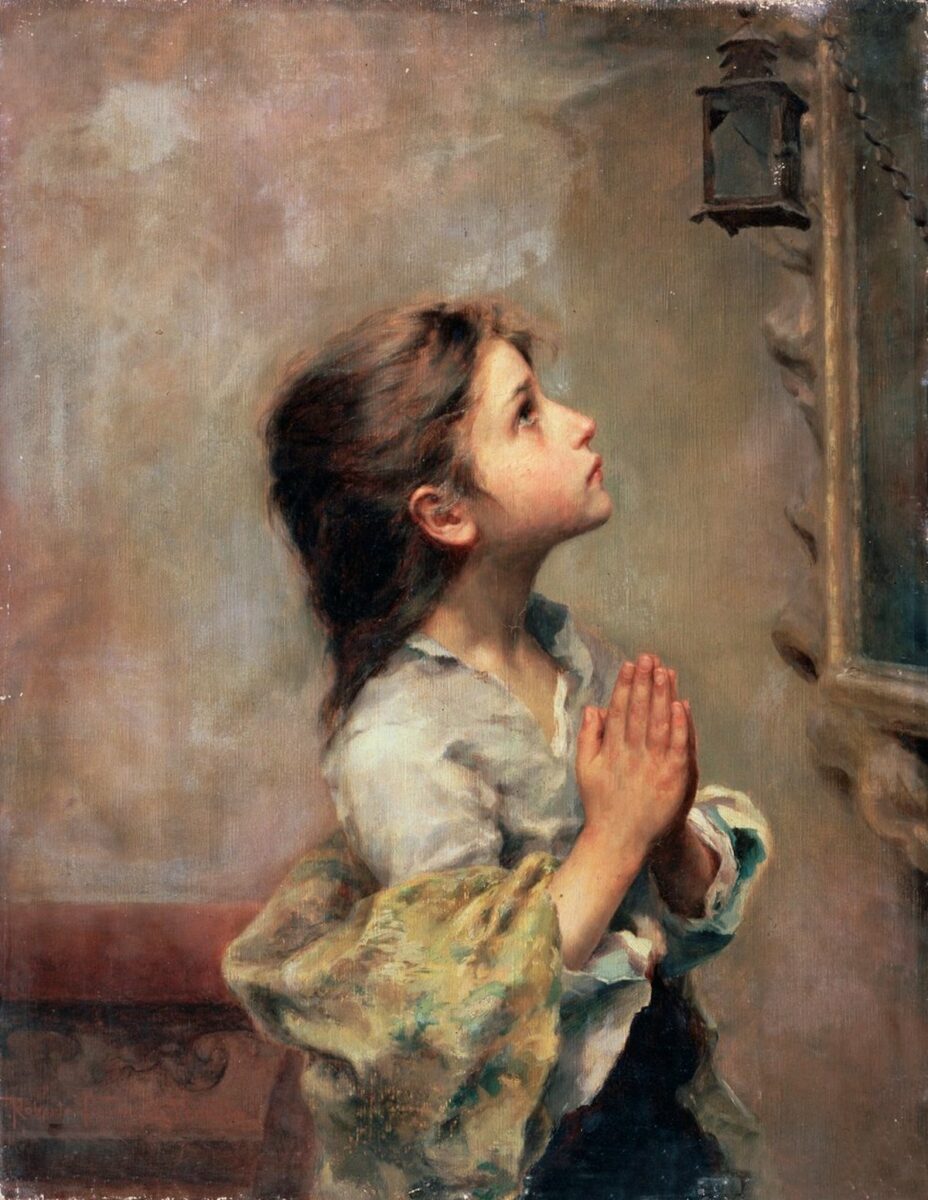
“For I will behold thy heavens, the works of thy fingers: the moon and the stars which thou hast founded. What is man that thou art mindful of him? or the son of man that thou visitest him?”
Psalm 8: 4-5
Share Your Thoughts
Have you used this curriculum or poetic mode of learning in your homeschool? Share with us in the comments section below.

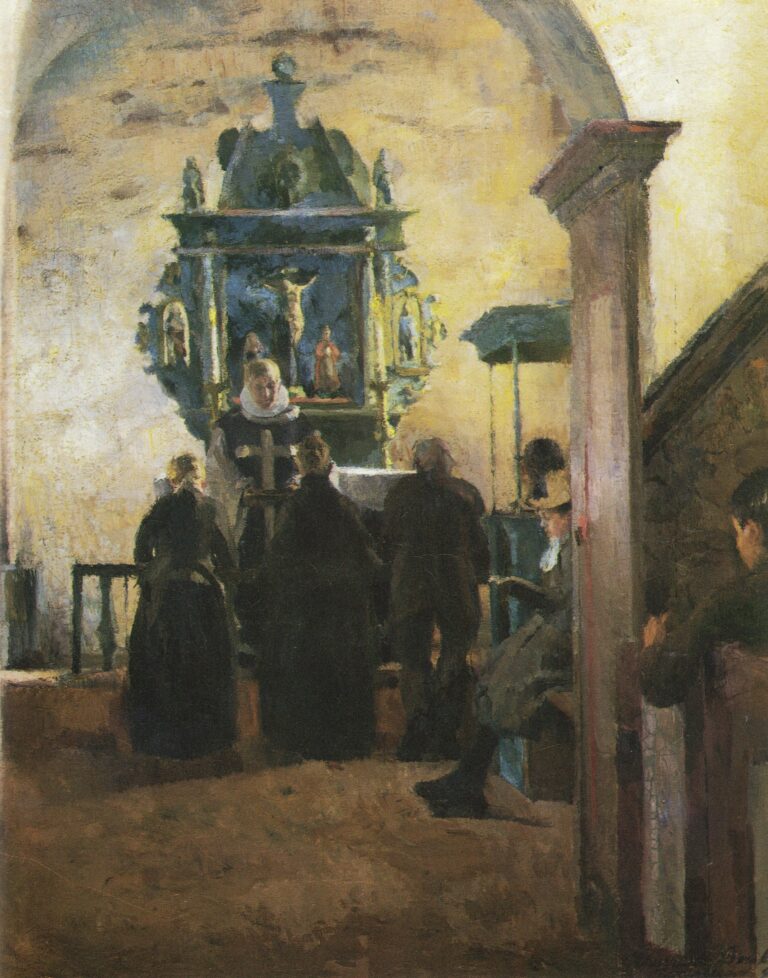
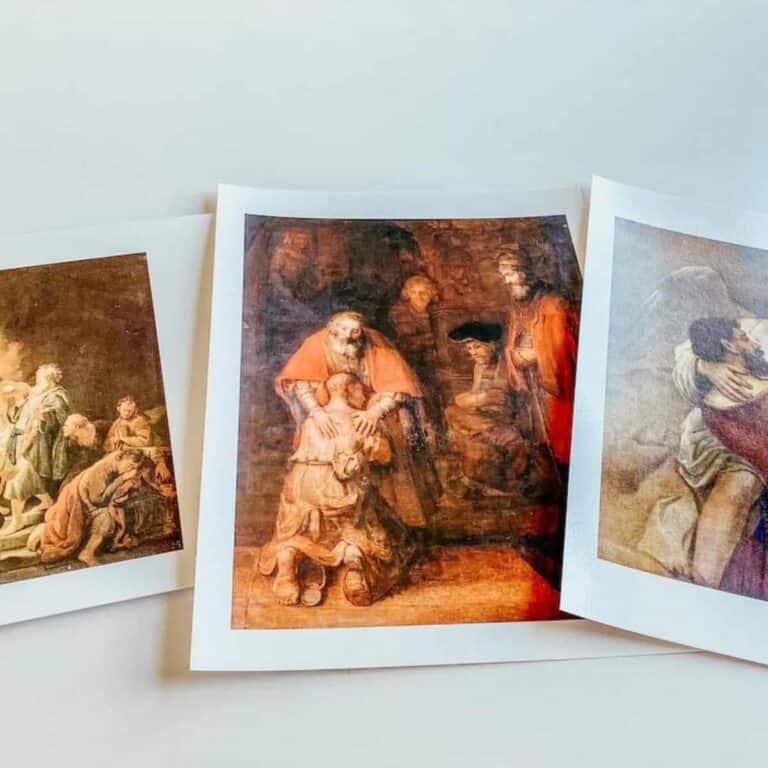
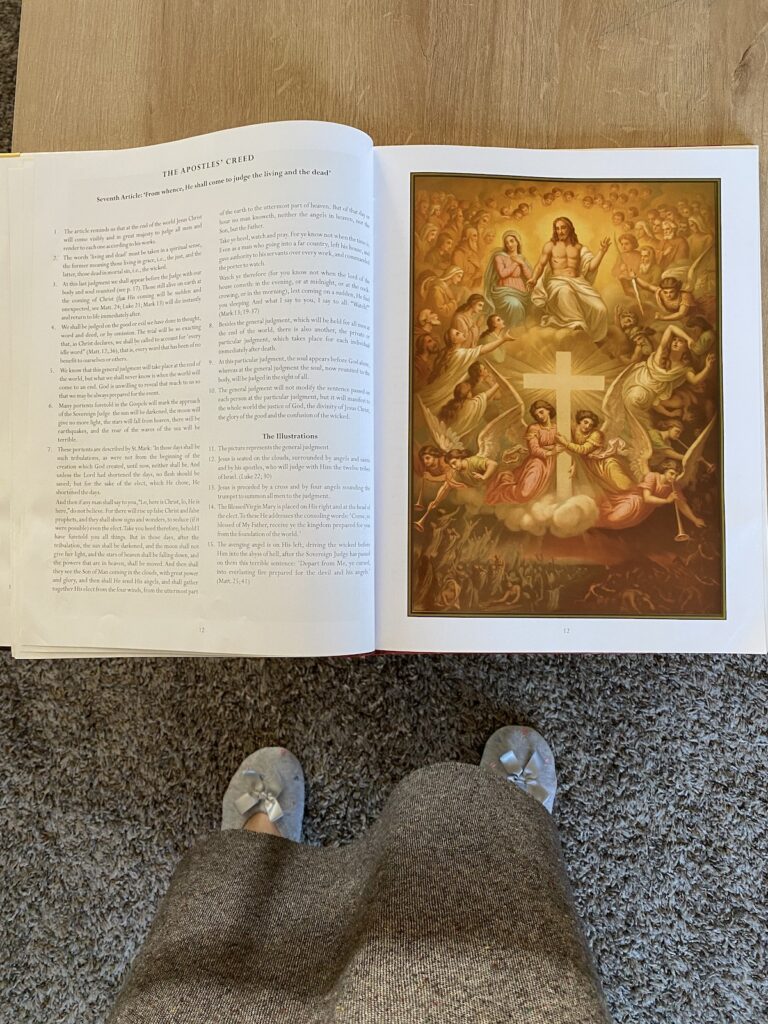
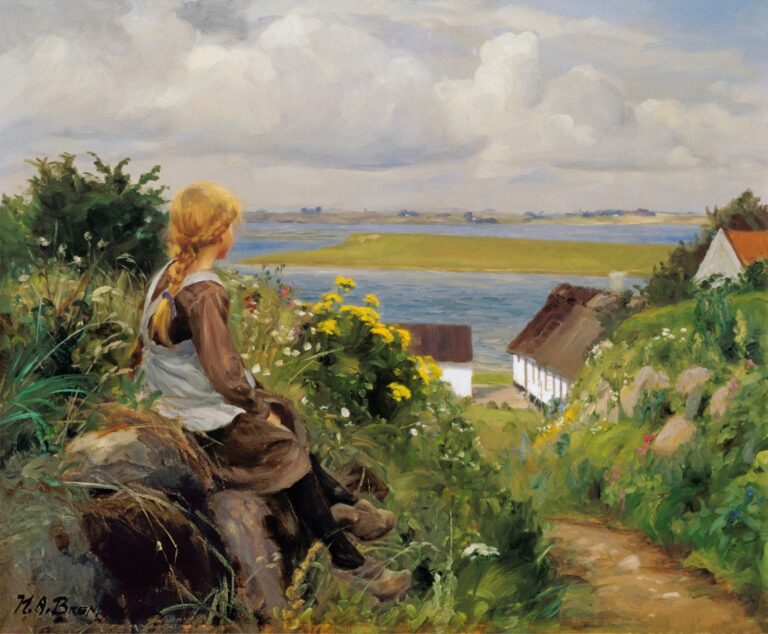
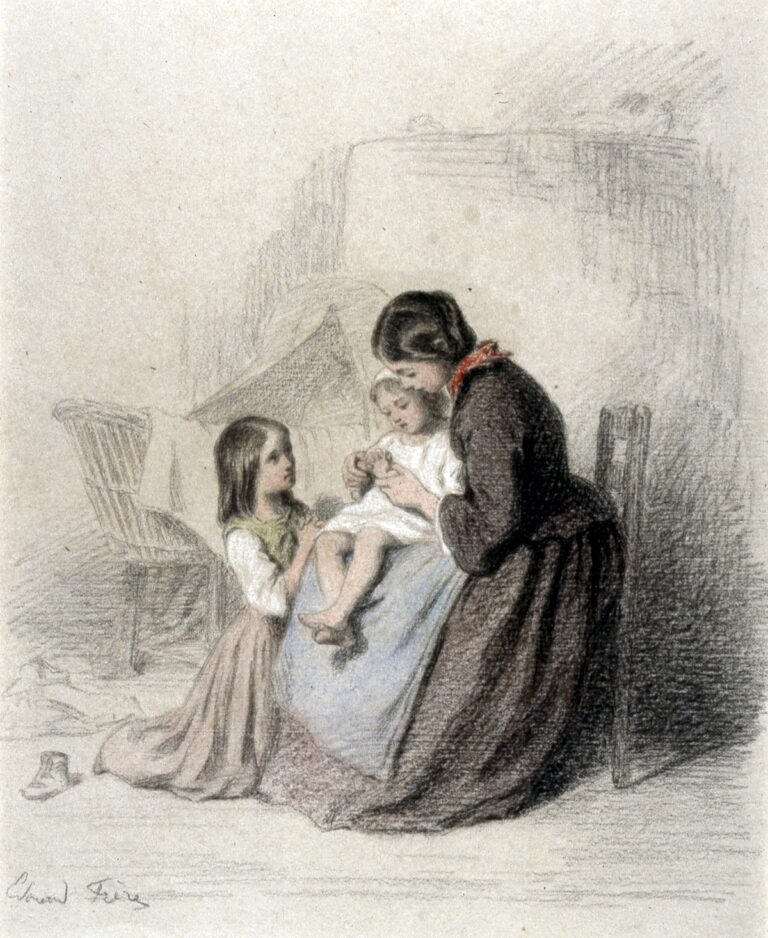
I would love to hear how you’re combining and what a typical day looks like for you. We’ve also been using the CMEC for a few years and every year I’m wanting to love it and I just don’t, but I can’t quite figure out what to replace it with. I actually bought the children’s tradition on a whim this summer, but ended up deciding to stick with our original cmec plans. We got through term 1, but I was so burnt out by the end, especially with adding a new 1B student (who I don’t follow the cmec plans for). No one loves what we’re doing and things feel chaotic and disjointed. I’m using Advent to just do math for everyone and phonics for my 1B and read our favorite advent and Christmas books together while I rethink our homeschool before starting up again in January. My other kids are 2B and 2A lower.
Hi Jacqueline, your comment sounds like I could have written it myself…and I covered so many of these concerns in my post, too! I will write up a post about how we are working this out soon and what a typical day may look like. But basically, I combine as much as possible and alternate the children in independent work and time with me throughout the remaining books and things.
Thank you Mary. You have articulated almost precisely what has been going in my world also. I read Restoration of Realism about a year ago and was looking for ways to incorporate his ideas into the CMEC, which was kind of similar, but sometimes just a little too “busy” if you know what I mean. I had googled “1000 good books” but nothing came up. I started purchasing a few of the books for young readers that I didn’t have. When my 6 year old was about to start (I currently homeschool my 13 year old), I heard about the Children’s Tradition on Autumn Kern’s Commonhouse and decided to purchase. It has been a blessing I have to say, and now that I think about it perhaps the Holy Ghost has been involved also 🙂 It has been a low stress curriculum for my son who is easily overwhelmed. The book choices have been excellent, though I only roughly follow the time table, and I don’t feel any sense of overwhelm like I have in the past with AO and CMEC. I have been homeschooling for about 8 years now, and I still have so much to learn, but God is good. He has continued to point me in the right direction at the right time. Please keep us updated Mary. God bless, Tania
I had a very similar journey! Was in CMEC and found TCT and it’s exactly what my heart was desiring! I hope it’s going well for you! It has for us so far. I ran into your blog today and have been enjoying and relating to it! Thank you for your lovely posts. I find them encouraging!
Thank you! So far so good, although I do make a few adjustments here and there. But the philosophy behind it is exactly what we need! It’s very well done. 🙂 Hope it continues to go well for you and your family too!
I started reading your blog for the Catholic book lists (esp. after reading Our Island Story, which I love, but which is soooo Protestant), and now I’m so curious about The Children’s Tradition! I see it’s available for pre-order today. I’m curious how things are working out with TCT for you. Is it continuing to bring more peace to your home? Do you love it? Are you having to supplement a lot?
It has been amazing! And truly peaceful. I’ll have to write up a follow-up post at the end of the school year. I have mostly been supplementing with devotional and specific pieces for our Catholic faith, or removing a few things for the sake of time this year. I’ll write up what we will be adding for the new school year soon. But yes, we are still loving this method / philosophy of education and plan to continue on. 🙂
I have not used it and that is what lead me to your site. I am curious to know if it is a list of books only or does it have leadings on what the teacher is to do or say? I cannot get a good feel of the way it is laid out. Do you share more on this anywhere? Thank you.
Hi Christi,
It is actually more than just a book list. It is full of rich classical wisdom and philosophy, there is a book list and suggested time tables, and schedule of readings broken down to make it easier for the mother-teacher. But it is not scripted and it is easy to flex between students and to DIY your curriculum — plus, there’s help for that too! I did write up an updated review on how our beta year went plus some more info on the updated curriculum: https://joyfullydomestic.com/review-of-the-childrens-tradition/
Hope that’s helpful! 🙂
You may also want to consider joining The Toolshed (https://the-toolshed.circle.so/c/start-here/) for more information, encouragement, or see how other mother’s are using the curriculum.